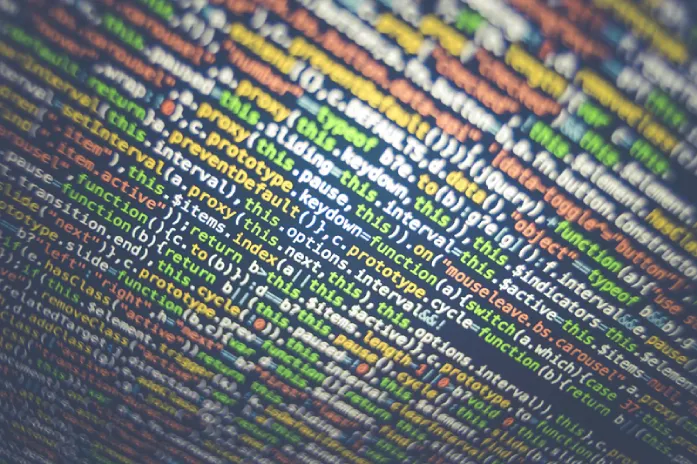Data extraction is the first step of nearly every data-driven process, from business analytics to cybersecurity. Whether it’s used to retrieve data from database source or capture key data in a forensic investigation, data extraction is crucial for locating, processing, or storing relevant data within data-driven applications.
In this simple guide, we’ll provide a basic overview of data extraction processes, how they are performed, and what kinds of tools are best suited for certain organizations and applications.
What Is Data Extraction?
As its name describes, data extraction is the process of extracting data from a data source, such as a cloud server or a piece of physical hardware. Though the exact processes used often vary between different applications and tools, they all share the same basic concepts and data extraction techniques.
The goal of data extraction is to transfer raw data from a data source to a targeted destination such as a data warehouse where it can be processed and transformed in a way that allows enterprises to use the data in applications, reporting, and any number of data analysis applications. Data extraction is the first component in the general “extract, transform, and load” process for data ingestion, also known as “ETL.”
Luckily, you don’t need a computer science degree to perform data extraction since many new software tools have made the process straightforward and able to perform rapidly.
How to Perform Data Extraction
No matter the data source, the general process for extracting data usually comes down to the following three steps—most just prep work!
- Verify existing data structures by checking for structural changes to your data, such as new tables or columns added to a database.
- Identify target data by selecting the parts of the data, such as specific fields or tables, that you want to extract.
- Extract the data.
Though that last “extract the data” step may sound vague, it’s only because it’s typically the most straightforward part of the extraction process. In fact, it’s really no different than simply “selecting” data according to your chosen targets. The data migration processes responsible for transferring and loading the selected information comprise the “T” and “L” steps of “ETL” and fall outside of the actual data extraction process.

Data Extraction Techniques
When it comes to extracting data from a source, you have several data extraction techniques to choose from. These techniques are typically grouped into one of two major categories.
Logical Data Extraction Techniques
Logical data extraction involves extracting data through a software. In other words, logical extraction doesn’t necessarily require a physical connection between devices, instead being performed entirely … well, logically.
If you’re performing data extraction through a database and/or software, you’re probably utilizing some form of logical data extraction. There are three types of logical data extraction, depending on how you plan to extract source data:
- Update Notification Extraction: Having a source system issue an update notification whenever changes are made is a very simple way to implement data extraction. This functionality is built into most databases and software-as-a-service (SaaS) applications, the latter doing so via webhooks.
- Incremental Extraction: If a source system can’t produce update notifications or similar, incremental extraction regularly provides an alternative by regularly checking for updates and extracting any new data. However, since this technique doesn’t produce “live” update notifications, it risks missing out on intermittent changes, such as deleted files, between checks.
- Full Extraction: If a source system can’t produce update notifications or check for changes, full extraction—extracting all the data from a source system every time—may be necessary. However, this technique should be avoided since it can place a massive load on the network.
Physical Data Extraction Techniques
Physical data extraction involves making bit-by-bit copies of a hard drive or some other data storage device. There are two types of physical data extraction:
- Online Extraction: Data is extracted directly from the source.
- Offline Extraction: Data is extracted indirectly from the source through an external medium. Here, the external medium usually saves a copy of the source and produces the copied data in the form of Flat (generic format) files or database-specific dump files.
Data Extraction Tools
Traditionally, data extraction—and much of the ETL process—was done through custom-coded scripts and programs. Though custom coding can deliver great results, increased complexity and rising demand for ease of access have given way to simpler solutions.
Thankfully, simplicity hasn’t come at the cost of robustness; if anything, modern data extraction tools are even more robust than traditional methods, with many being capable of automatically connecting to a wide range of data sources and APIs. Compare this capability to having to custom-code a connection to each and every source—the benefit is clear.
In summary, ETL and data extraction tools do most of the work for you without having to maintain code and keep track of updates. Though many of these tools are built into data sources or data management systems, custom data software solutions are often ideal for companies with specific data needs.
The Ciphertex® Advantage
Securely handling data requires secure solutions. From secure data storage to extraction and transportation, the Ciphertex Data Security® team has met the data security and storage needs of numerous organizations across a wide range of industries. To learn more about how we can help you develop better data solutions, call our sales team at 818-773-8989.
